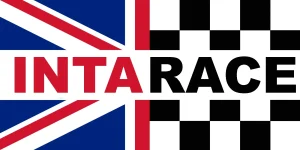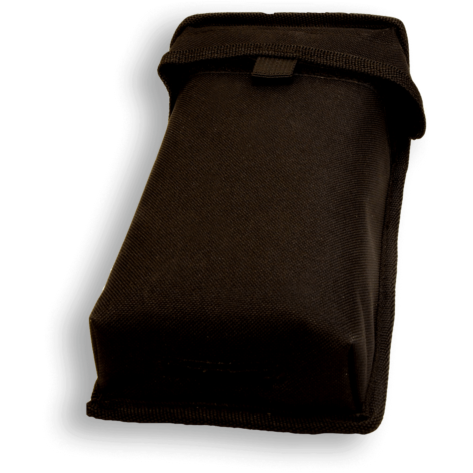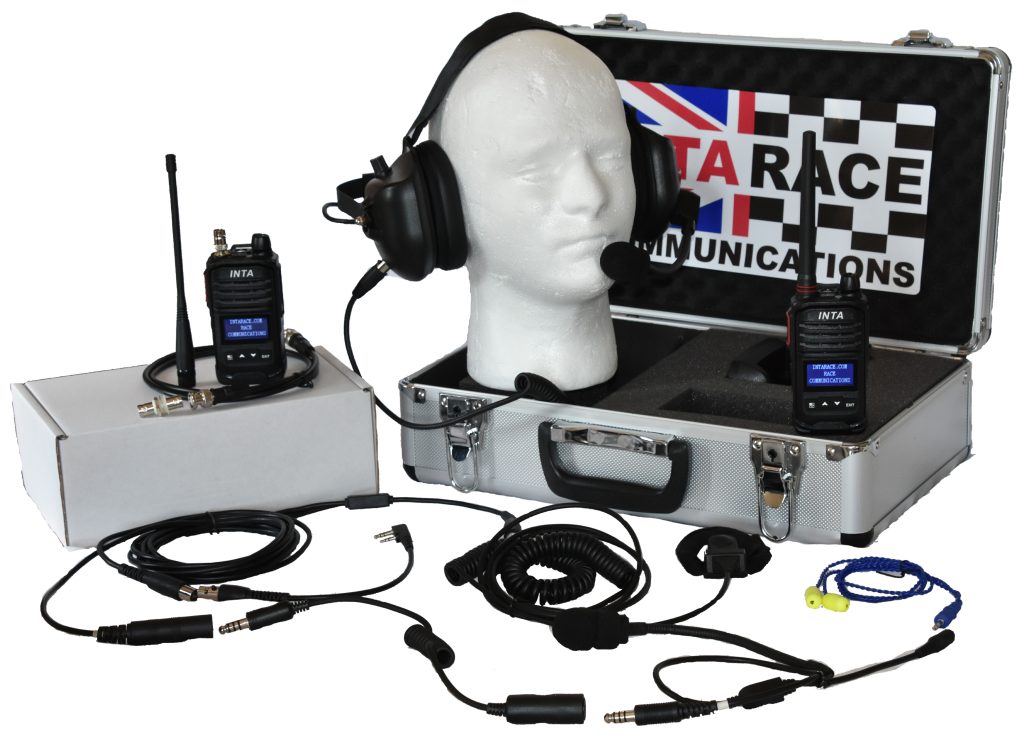
Driver to Pit Crew Radio Kit INTA 360 – Analogue
A complete kit designed for drivers to communicate clearly with pit crews. It can also be connected to a track side spotter enabling crucial real-time information to be relayed to all the team.
Pit crew:
1 x BTH headset with noise cancelling boom arm microphone, memory foam earcups, integral volume control and PTT (Push To Transmit) button
1 x INTA 360 analogue radio with LCD screen, battery, drop-in charging base and UK charging adapter
1 x Radio connector lead; belt clip; wrist strap; IntaRace lanyard
1 x Alloy case fully lined with pre-cut foam (42 x 30 x 15cm) and 2 keys
Car:
1 x Wiring harness (65cm coiled/130cm uncoiled)
1 x Steering wheel PTT (Push To Transmit) button with velcro strap – long cable (coiled 1.8m/uncoiled 3m)
1 x Radio connector lead with 5-pin XLR adapter (26cm)
1 x INTA 360 analogue radio with LCD screen, battery, drop-in charging base and UK charging adapter
1 x Antenna roof mounting kit
1 x Radio mounting pouch and 2 ty-wraps
Driver:
1 x Noise cancelling, flexible boom arm S3 microphone with 3.5mm mono socket
1 x Set of in-ear dynamic transducer speakers with memory foam tips
1 x Nexus-type extension lead
Please see INTA 360 Radio – Analogue for full specifications and programming.
High capacity battery 2000mAh
Noise cancelling microphone
Low Noise
Protective alloy case with cut foam inserts
£579.00
Kit Contents
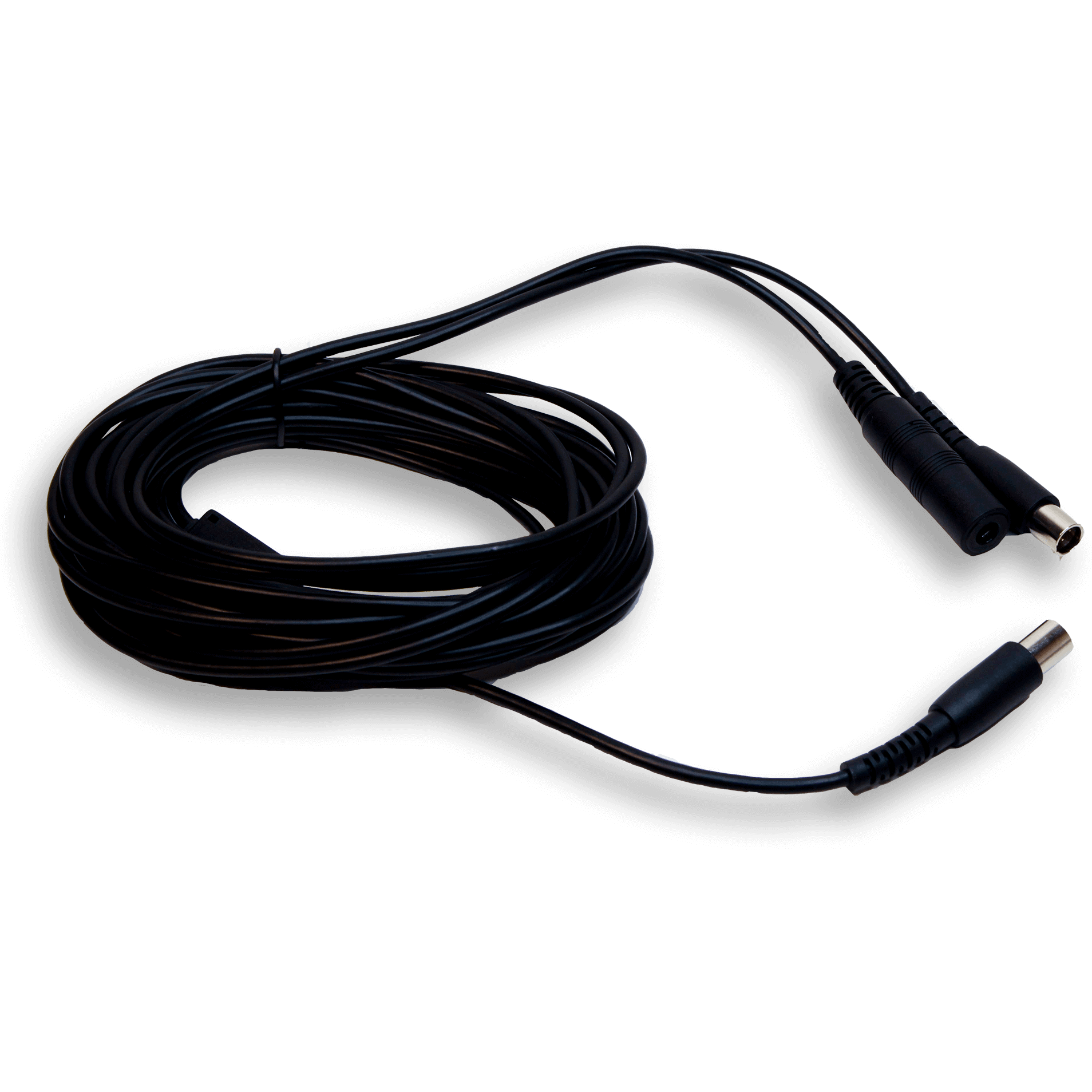
Radio wiring harness
4m long Y-shaped lead connects the driver to the radio and PTT button using a standard NEXUS type socket.
View Product
Radio connector / adapter
An inter-changable adapter to allow the connection of different radios to the wiring harness. Connectors for other radio makes are available in “Parts”.
View Product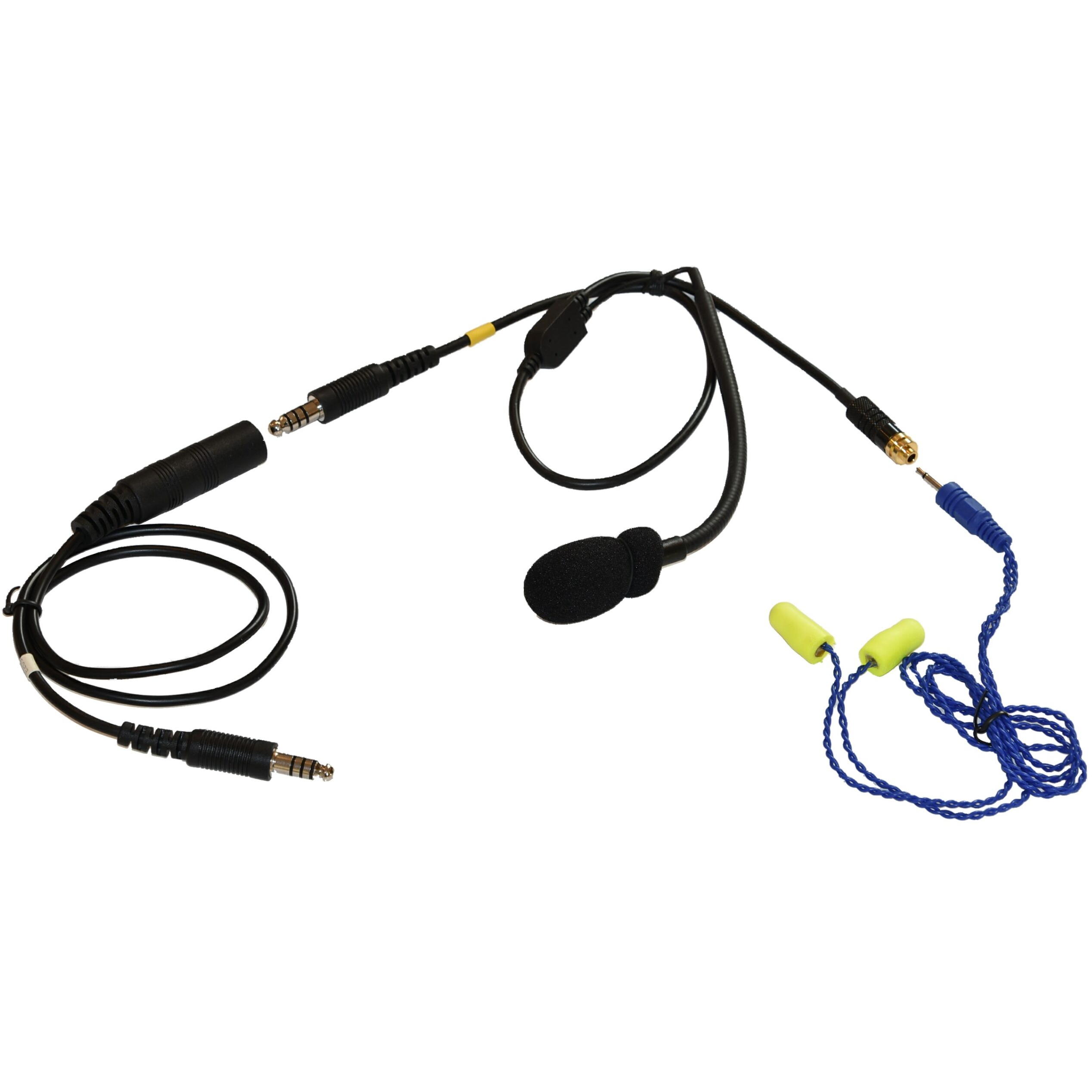
Driver's helmet headset kit
Boom microphone with 3.5mm mono socket for in-ear speakers . One set of in-ear speakers. One extension lead
View Product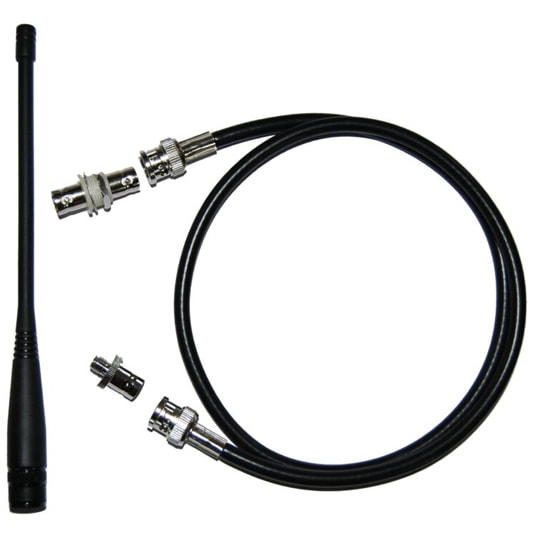
Antenna kit
Roof mount antenna kit with "full-wave" antenna for superb performance + 2 metre cable
View Product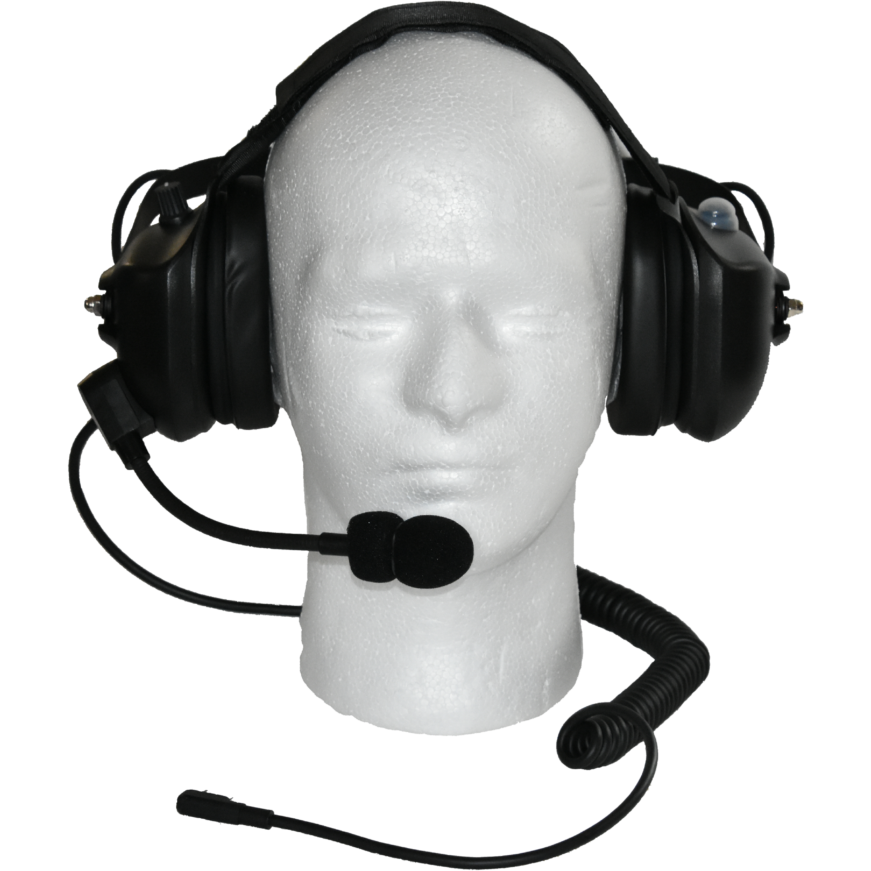
Pit crew headset
Pit crew headset with noise cancelling microphone and memory-foam ear-cups
View Product
Alloy case
Protective alloy case with cut-foam inlay to protect your Pit Crew headset and radio
View Product